How-to: formatting options for floating-point numbers in Pandas
n Pandas, pd.set_option(‘display.float_format’, …) is used to set the formatting options for floating-point numbers when they are displayed in the console or output. It allows you to customize how floating-point numbers are presented, including the number of decimal places, scientific notation, and other formatting details. In this example, the pd.set_option(‘display.float_format’, ‘{:,.2f}’.format) line sets the floating-point…
